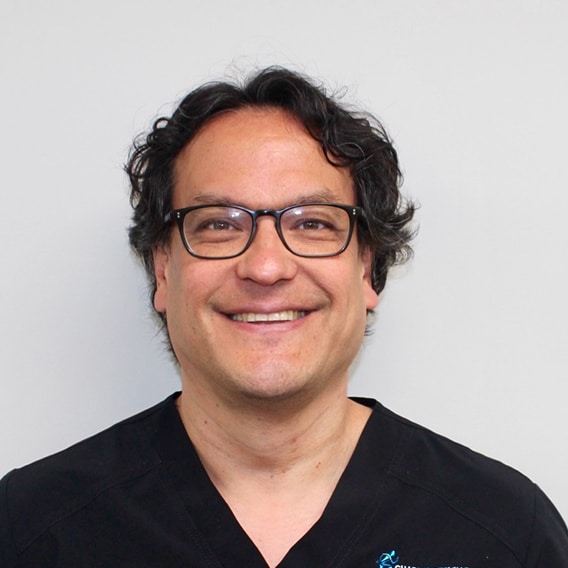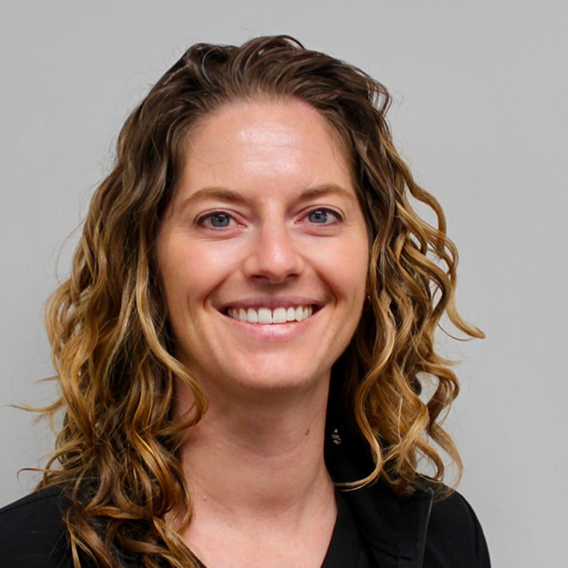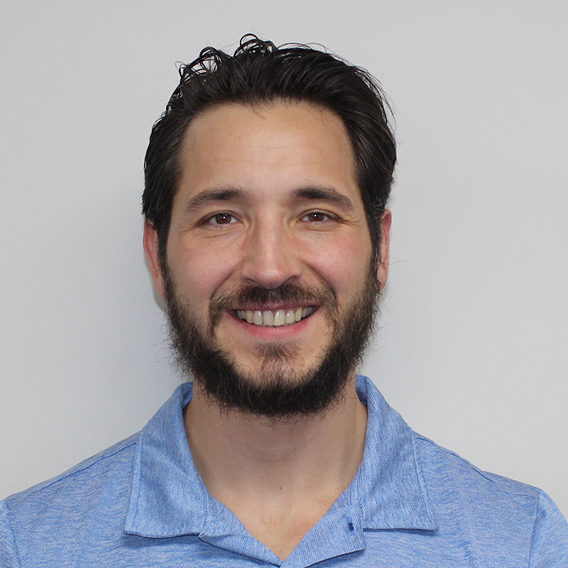At Charlottesville Orthopaedic Center, we understand that healing from an injury or managing chronic joint pain can be frustrating. If you’re looking for a non-surgical, natural approach to support your recovery, Platelet Rich Plasma (PRP) Therapy might be the solution you’ve been searching for.
What Is PRP Therapy?
Platelet Rich Plasma, or PRP, therapy is a cutting-edge regenerative treatment that uses your body’s own healing power to support recovery from musculoskeletal injuries and conditions.
Your blood contains platelets, which are rich in growth factors that help tissue heal and regenerate. During a PRP treatment, we draw a small sample of your blood, process it in a centrifuge to concentrate the platelets, and then inject that concentrated solution into the area that needs healing, such as a joint, tendon, or ligament.
How PRP Supports Orthopedic Healing
PRP therapy works by enhancing the body’s natural healing process. The growth factors in platelets reduce inflammation, stimulate tissue repair, and support new cell growth. In orthopedics, this can mean faster healing and less pain.
Some of the most common orthopedic uses of PRP include:
- Tendon injuries, like tennis elbow or Achilles tendinitis
- Ligament sprains and strains
- Joint pain, particularly in the knees, hips, and shoulders
- Mild to moderate osteoarthritis
- And many more
Many athletes and active individuals turn to PRP as a way to recover faster without surgery, and now, you can too.
Your PRP Consultation
At Charlottesville Orthopaedic Center, your PRP therapy begins with an in-depth consultation with Dr. Nielsen to determine if you’re a good candidate for the procedure. During this initial visit, we’ll review your medical, athletic, and occupational history, focusing on how your injury has impacted your daily life. This will help us understand the root cause of your pain or dysfunction.
The injured area will be thoroughly examined, and diagnostic imaging, often using ultrasound, will be performed to get a detailed look at the affected tissues. Ultrasound is the preferred imaging method for PRP injections, as it allows us to guide the injection precisely into the damaged area. If you’ve had previous imaging done (such as X-rays, MRIs, or CT scans), please bring those reports with you to your consultation. These images will help us assess your condition and develop the best treatment plan for your needs.
After the consultation and imaging, we’ll walk you through the specifics of the PRP procedure, explaining what to expect and answering any questions you might have.
What to Expect During Your PRP Treatment
Your PRP therapy is a simple, in-office procedure that typically takes less than an hour from start to finish. It begins with a personalized consultation where our team will assess your symptoms, review any necessary imaging, and determine if PRP is the right approach for your condition.
If you’re a good candidate, we’ll draw a small sample of your blood, usually from your arm, then use a centrifuge to separate the platelets from the other components. Once the platelet-rich plasma is ready, we will carefully inject it into the targeted area, such as a joint, tendon, or ligament. In many cases, we use ultrasound guidance to ensure precision and comfort.
After the injection, most patients are able to resume light activities the same day, although we may advise you to limit strenuous exercise or heavy lifting for a short period while your body begins the healing process. You can expect to start noticing gradual improvements in pain and function within a few weeks, with continued progress over the next few months as the regenerative effects take hold.
Benefits of PRP Therapy
- Minimally invasive: No incisions or surgical downtime
- Natural healing: Uses your own blood to stimulate recovery
- Low risk: Since PRP is derived from your own body, allergic reactions are rare
- Potential to delay or avoid surgery: Especially in early arthritis or chronic injuries
PRP isn’t a quick fix, but for many patients, it offers long-term improvement without relying solely on medication or invasive procedures.
Platelet Rich Plasma (PRP) Therapy FAQs
Does PRP really work?
Who is NOT a candidate for PRP therapy?
What is the cost of PRP therapy?
How long do I have to wait to return to normal activities?
How long does it take for PRP therapy to “work”?
Are there any side effects or complications of PRP?
Can I drive home after the PRP injection?
Can I take my normal medications before and after the injection?
What is the “typical” response to PRP treatment?
What if I don’t get a good enough response with PRP treatment?
Who is an ideal candidate for PRP Therapy?
Schedule Your Consultation Today
Ready to learn if PRP therapy is right for you? Call Charlottesville Orthopaedic Center or fill out an online form to get started. We proudly serve Charlottesville and the surrounding Central Virginia communities.
Our Providers
The providers at Charlottesville Orthopaedic Center are highly skilled and experienced in their respective specialties.
Patient Resources
Explore our Patient Resource center for helpful information about our expert team, comprehensive services, informative blog, and how to easily connect with us.
Complimentary Movement Screening
Charlottesville Orthopaedic Center offers complimentary movement screenings to assess your movement, identify imbalances, and help prevent injuries. Whether you’re active, recovering, or want to move better, our expert phsycial therapists provide personalized recommendations for your long-term mobility and wellness.
Learn More










